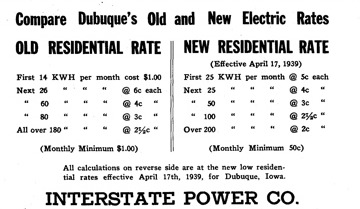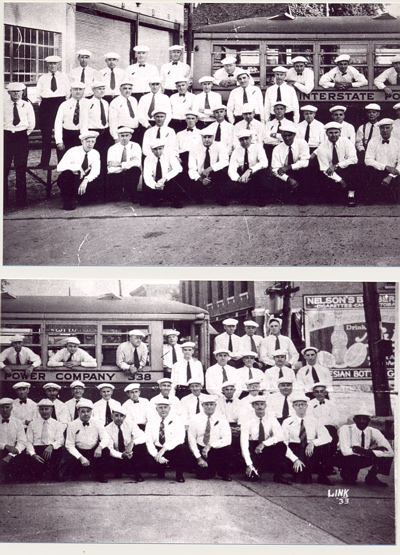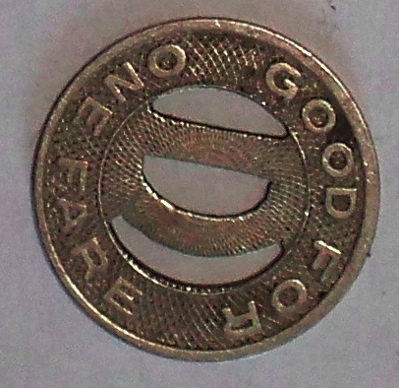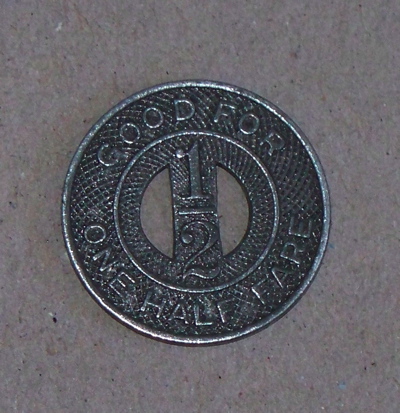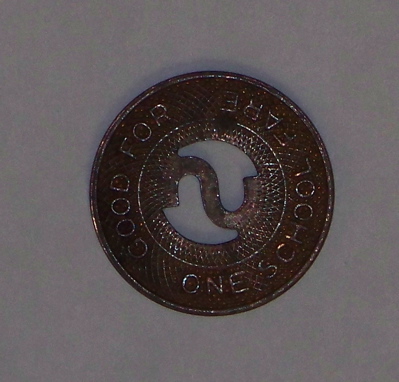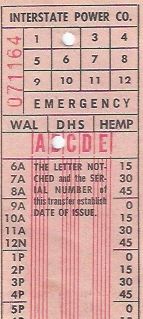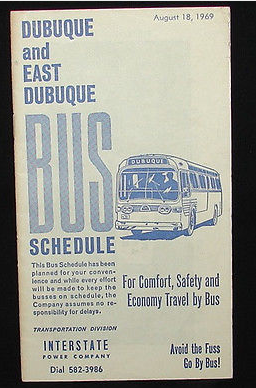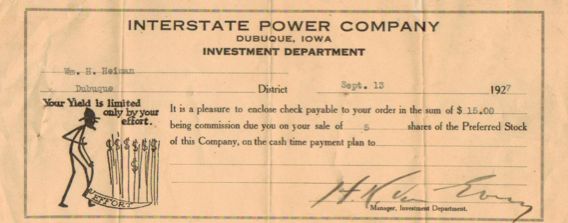Encyclopedia Dubuque
"Encyclopedia Dubuque is the online authority for all things Dubuque, written by the people who know the city best.”
Marshall Cohen—researcher and producer, CNN
Affiliated with the Local History Network of the State Historical Society of Iowa, and the Iowa Museum Association.
INTERSTATE POWER COMPANY
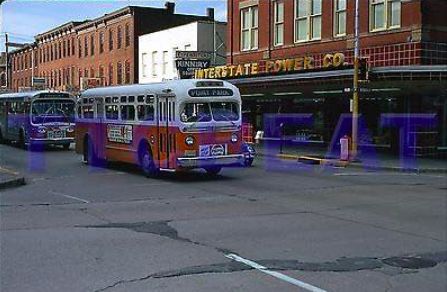
INTERSTATE POWER COMPANY. Interstate celebrated its 50th anniversary on April 18, 1975. The company began as early as 1913 when a group of Chicago financiers began consolidating small utility companies as part of the Utilities Development Corporation. In 1924 the corporation acquired the DUBUQUE ELECTRIC COMPANY, then the sole remaining provider of electricity to Dubuque with subsidiaries supplying power to East Dubuque and Dyersville.
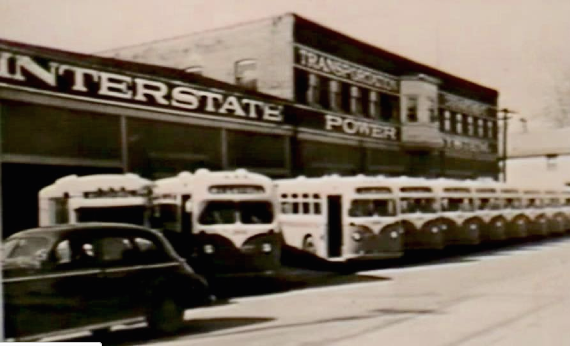
In 1925 Chicago financiers incorporated the Interstate Power Company. The home office was located in the former offices of Dubuque Electric at 10th and Main. A period of rapid growth for the company resulted in the company spreading farther into Iowa and parts of Illinois, Minnesota, Nebraska, North Dakota, Oklahoma, South Dakota, and the province of Manitoba, Canada. In 1925 the company's passenger buses were introduced to the community.
Bus transportation in Dubuque has often been linked to the beginning of the DUBUQUE OMNIBUS COMPANY. It was dissatisfaction with the service or this company, or possibly the view of an economic opportunity, that led the BYRNE BROTHERS to begin a bus service in 1895. The new company was backed by the ILLINOIS CENTRAL RAILROAD which complained that the older company had sub-standard equipment and had thrown its support to the Milwaukee Railroad. Hotel operators in Dubuque felt that the older company had often steered customers to the HOTEL JULIEN. There was the general feeling that the town was large enough for two companies. (1)
The honor of providing the first Dubuque-East Dubuque bus service belongs to the IDAHO AUTOMOBILE AND ELECTRIC TRANSPORTATION COMPANY which operated in 1908. In 1909 Henry Liddle began carrying passengers. It was not mentioned at the time the name of his company, how many vehicles he operated, or what schedule he maintained. (2) To provide better street lights, the Dubuque city council in 1917 prohibited persons, firms or corporations from operating bus lines with terminals on Main Street or Eighth Street between Clay and Bluff. Dubuque bus lines were required to relocate to less congested streets. (3)
On an experimental basis, Interstate Power buses began operating on a regular route and regular schedule on July 19, 1925. As owners of the streetcar operation, Interstate Power reduced its fleet of STREETCARS from eighty-five to sixty due to the increasing popularity of automobiles. The company approached the city council and received a franchise to operate bus feeder lines, a plan used successfully by the East Dubuque Electric Company to transport thirsty Dubuque residents into Illinois after Iowa instituted PROHIBITION. The test area for the buses served people living in the West 14th Street and North and South Grandview areas with connecting streets. Street cars continued to serve the rest of the community. There were four buses purchased for the trial period and with additional equipment the company's cost was $60,000. (4)
The new buses operated on a twenty-minute schedule starting at 6:00 a.m. and operating until midnight. The first bus left the downtown starting point at 9th and Locust at 6:00 a.m. and the last bus left MOUNT CARMEL MOTHERHOUSE at 11:30 p.m. (5)
The one-way fare on the buses was ten cents. There were no transfers from buses to street cars or from street cars to buses. During rush hours, an extra bus was placed into service. All buses had a capacity of twenty-five passengers. (6)

In 1932 streetcar operation ended, and Interstate began operating a full system of buses. This lasted until 1969 when fares were increased and service reduced. The stock market crash of the GREAT DEPRESSION brought the company's good fortune temporarily to an end. Thirteen years and three company reorganizations would be needed to restore Interstate Power's financial stability. As part of reorganization, fringe operations were sold including the Dubuque bus system that Interstate had created from the trolley system in 1933. In 1936 when Interstate's bus fleet operated seven days a week, Dubuque residents could have a day's worth of sightseeing for twenty-five cents.
On June 26, 1973 Dubuque citizens by 92.2 percent voted "yes" to the proposition that the city should acquire and operate a municipal bus transit system. The size of the vote--32.6 percent of the eligible electorate--was considered gratifying to those who had supported the idea. Only four of the city's 25 precincts registered "yes" majorities of less than 90%, and those were in the mid-80s. (7)
Much of the credit for the outcome of the vote was given to members of the Citizens for Continued Bus Service Committee which had heavily promoted the "yes" vote. With a budget of $21,000 raised from private contributions, the committee purchased media advertising, lapel pins and telephoned approximately 1,500 Dubuque residents on Sunday and Monday prior to the vote. Another group which promoted the proposition was the Interstate Power Company's drivers' union. (8)
With the vote, the city council moved ahead to formally approve the $1 purchase of bus equipment from Interstate Power Company and appoint a three-person transit board of trustees to guide the system after the city took over on September 1st. The KEYLINE Transportation Department in 1974 was located at 2401 Central. (9)
On May 3, 2010 the Dubuque City Council voted to replace First Transit of Cincinnati with the East Central Intergovernmental Association in operating the city bus service known as Keyline. It was hoped that Keyline and ECIA's Regional Transit Authority services could be integrated where possible. ECIA would hire a Keyline director and add an operations supervisor who would devote 70% of their hours to Keyline and 30% to the RTA. ECIA had assumed management of the Delaware, Dubuque and Jackson County Regional Transit Authority in 2005 at the request of the Project Concern and RTA boards of directors.
In 2008 Interstate Power became part of ALLIANT ENERGY CORPORATION, a public utility holding company incorporated in Madison, Wisconsin in 1991.
The 1942 Dubuque Classified Business Directory through 1989 Dubuque City Directory listed the company at 1000 Main.
---
Source:
1. "A New Bus Line," The Dubuque Herald, November 17, 1911, p. 8
2. " 'Bus Service on with East Dubuque," Dubuque Telegraph-Herald, December 11, 1909, p. 8
3. "Install Better Light Facilities," Dubuque Telegraph-Herald, June 20, 1917, p. 2
4. "Starts Operations," Telegraph Herald, July 19, 1925, p. 1
5. Ibid.
6. Ibid.
7. Piper, Andy, "Bus Fleet Buying Cleaner Ride," Telegraph Herald, Nov. 18, 2010
8. Ibid.
9. Ibid.
Bergstrom, Kathy, "Interstate Traces Roots to Dubuque," Telegraph Herald, Nov. 12, 1995, p. 2
See: CINDERELLA


